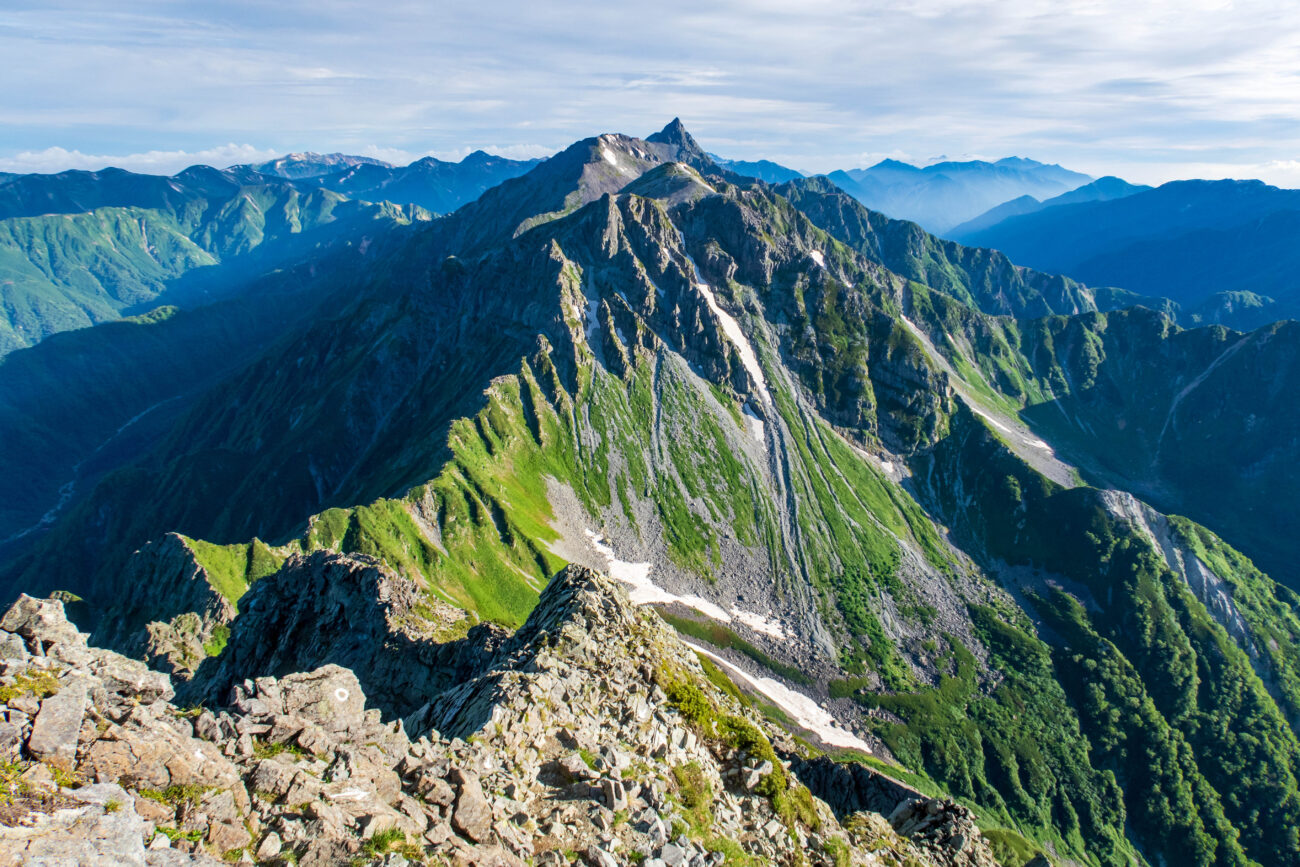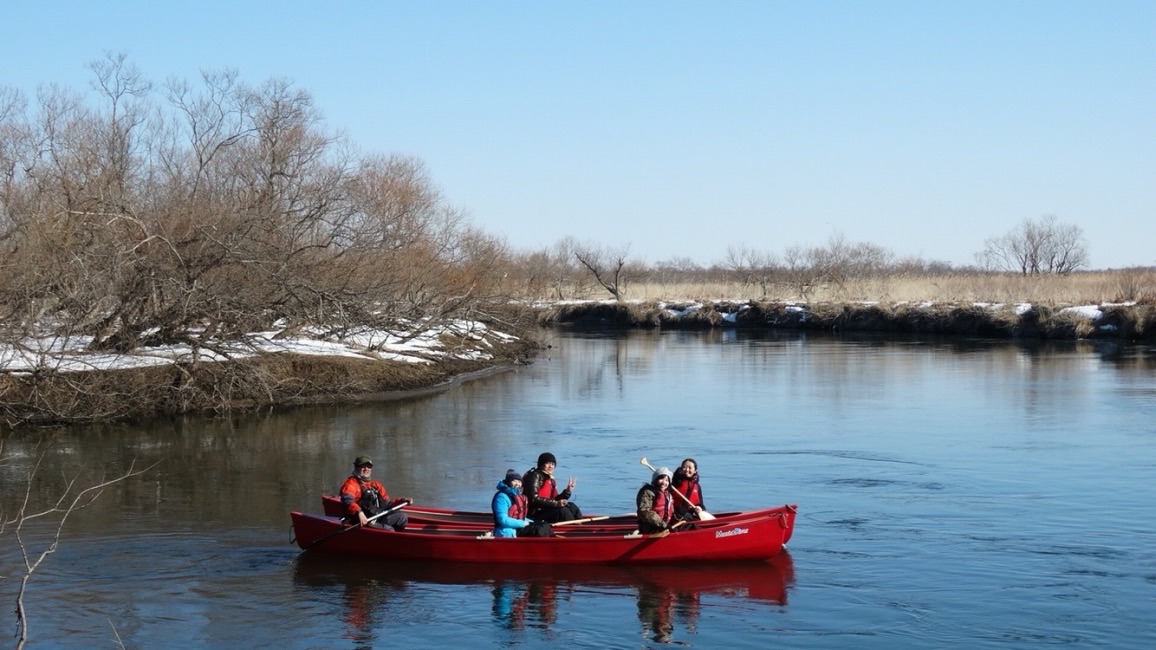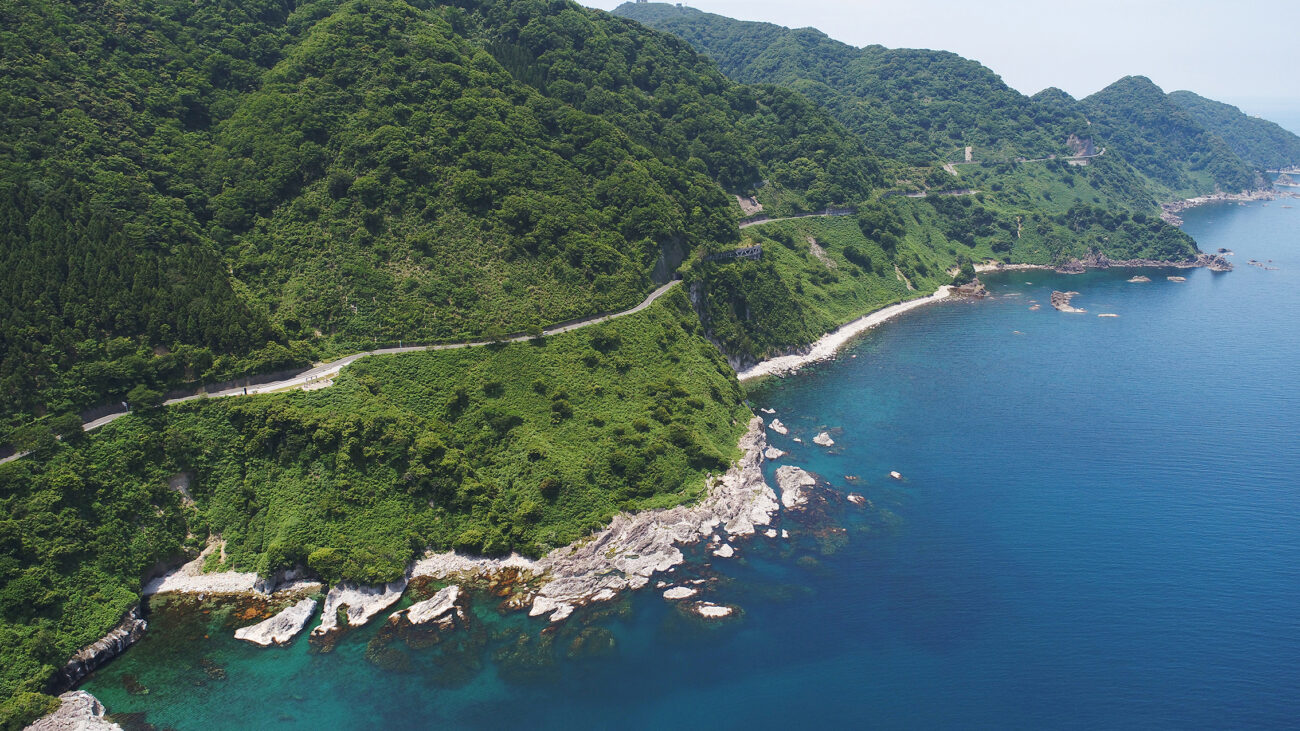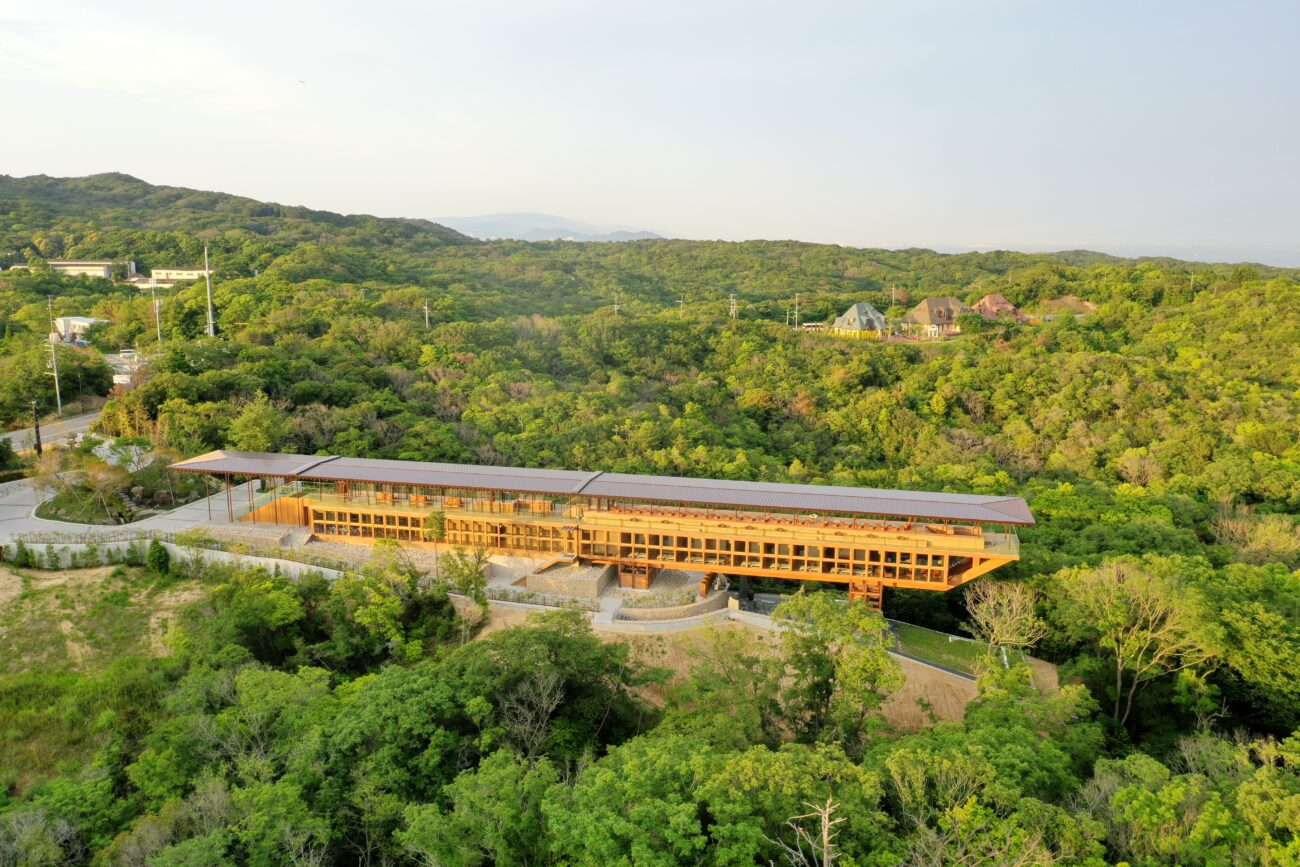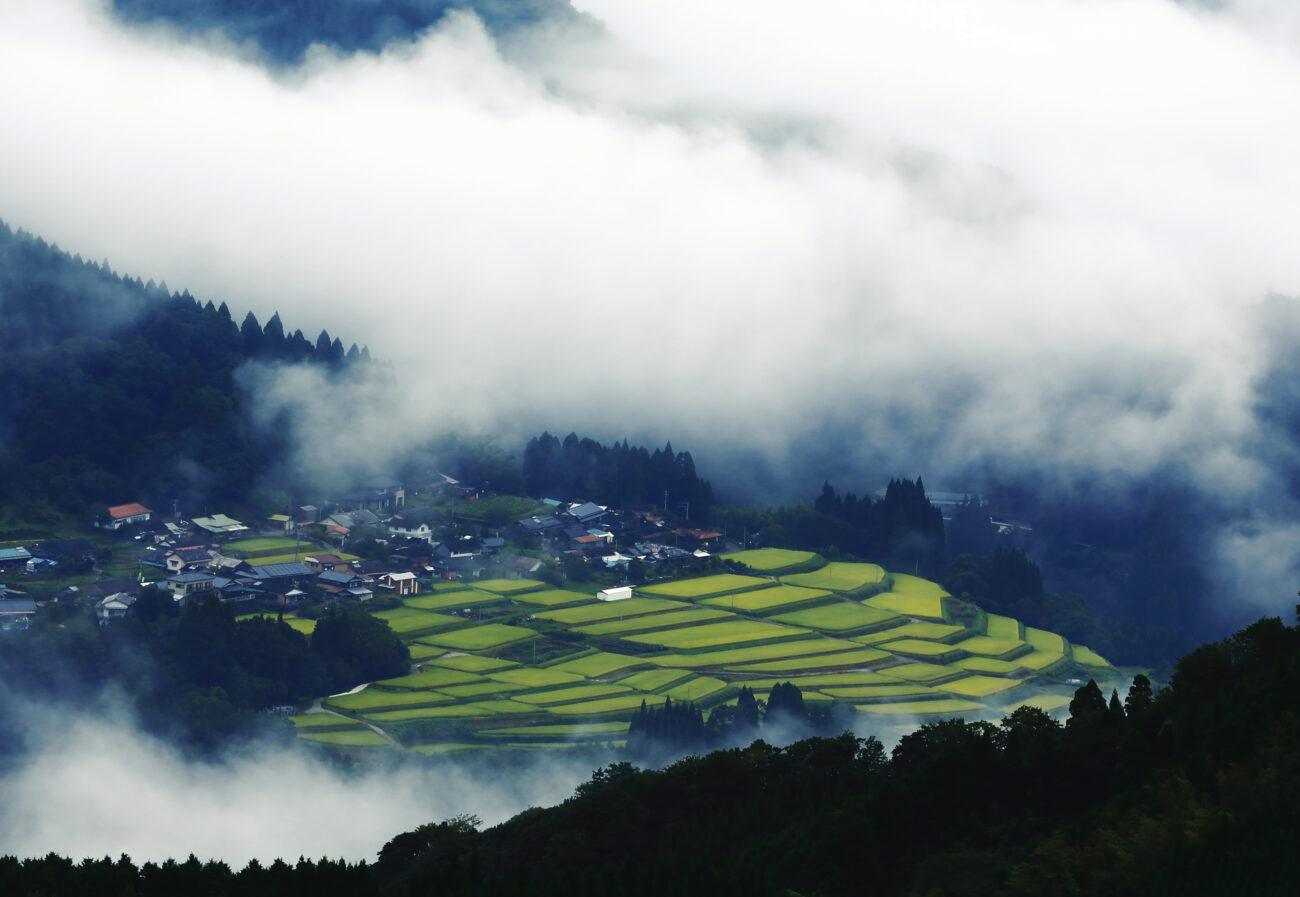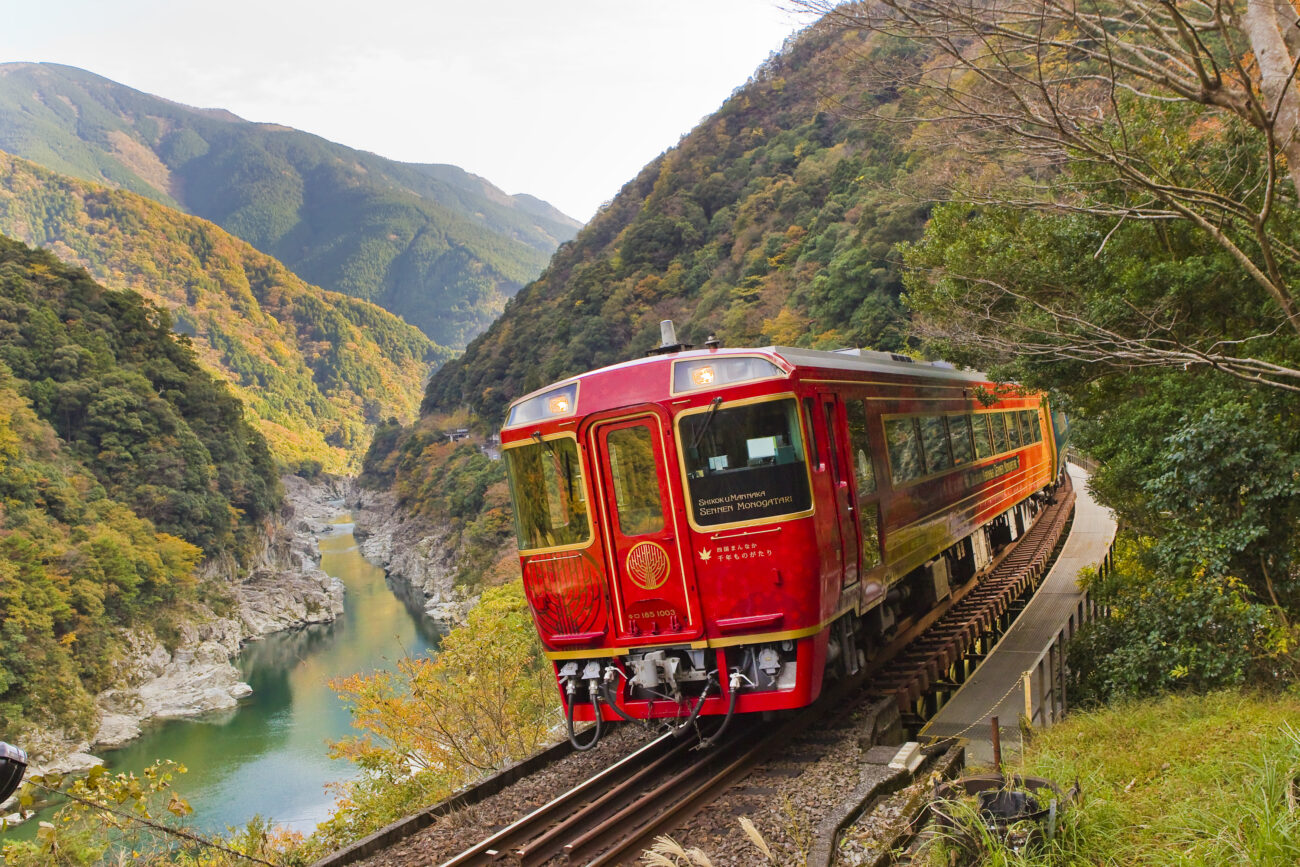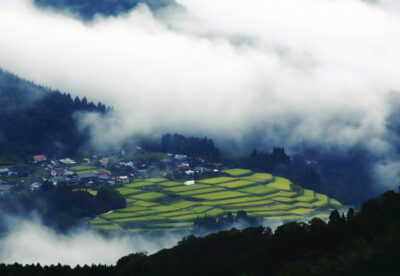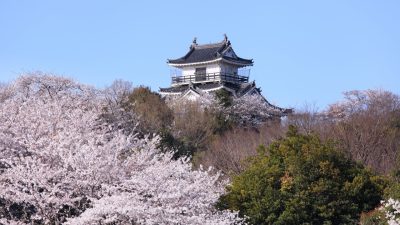In all four seasons, Japan’s national parks showcase the country’s impressive range of wild landscapes and preserved habitats. It’s a precious opportunity to appreciate the distinctive natural beauty of Japan, while encountering native flora and fauna in their natural habitats. Japan’s first three national parks were designated in 1934. Here we will introduce one of them, Kirishima-Kinkowan National Park, as well as noteworthy national parks in the Hokkaido and Chubu regions, along with site-specific activities that are popular in each park.
Hike across the primeval forests of Chubusangaku National Park
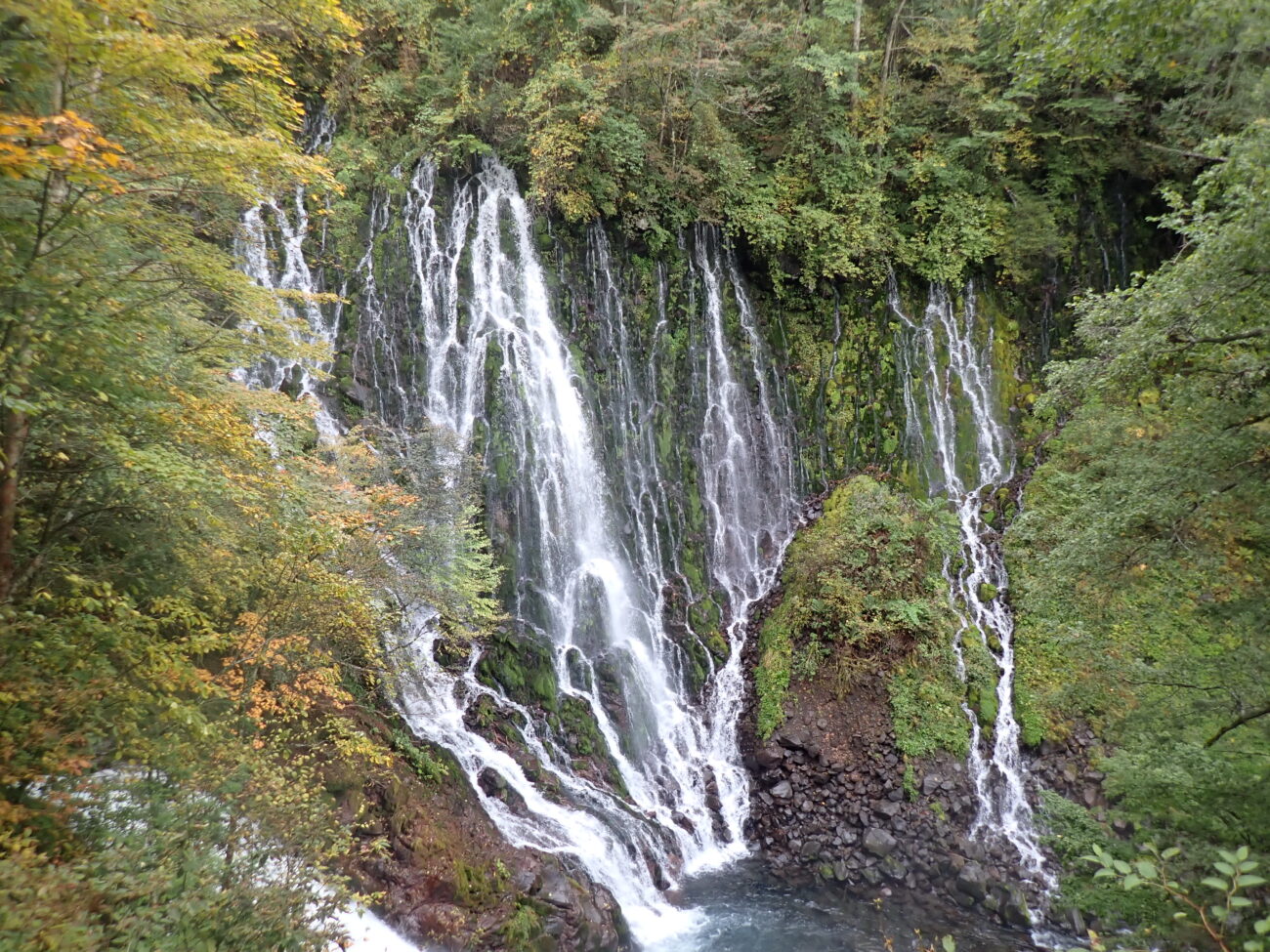
May to October is hiking season in Chubusangaku National Park, which encompasses a 3,000-meter-high mountain range known as the birthplace of the “Japanese Alpinism”. Hikers can start by exploring the protected area of Kamikochi, looking and listening for forest creatures as they walk along the clear stream of the Azusa River. As they proceed up the mountain, the panoramic landscape comes into perspective from geological eons of volcanic activity and glacier erosion. This journey traverses a hundred years of mountain culture and history, where hikers might pass an ancient monk’s cave formed by naturally stacked boulders. The hike climaxes at the spearheaded summit of Mt. Yarigatake, where the sun rises dramatically over a sea of clouds.
Further south, a guided nature walk suitable for families explores the unspoiled nature reserve of Goshikigahara Forest in the foothills of Mt. Norikura. This 3,000-hectare forest actively enforces restrictions to protect its natural habitat, including requiring a certified guide to accompany visitors. Trek across a lava plateau, through volcanic ridges and valleys, passing several roaring waterfalls, elusive ponds, huge rocks, giant conifers and deciduous broad-leaved trees in one of Japan’s rarest and most valuable old-growth forests.
Soak in the volcanic steam of Kirishima-Kinkowan National Park
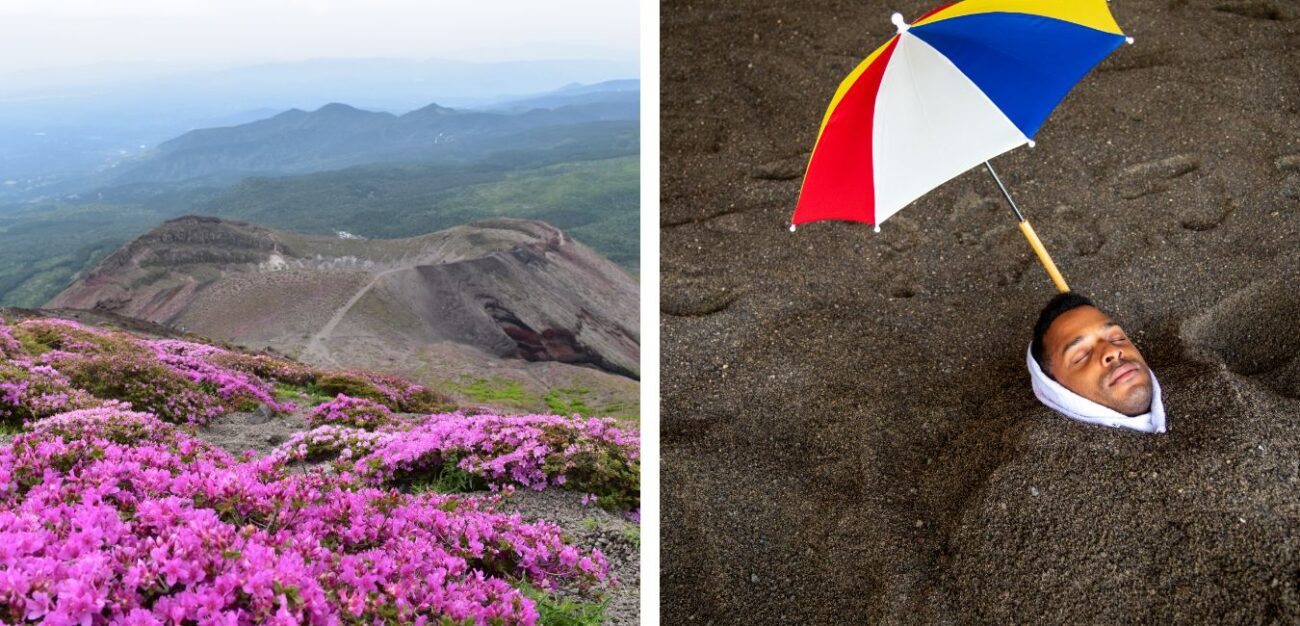
Kirishima-Kinkowan National Park was born in 1934 as Kirishima National Park, which was one of Japan’s first national parks, features diverse volcanic and sea landscapes, including the Kirishima mountains, Sakurajima volcano, and Kinkowan Bay, created by massive calderas. A wide variety of plants grow in the Kirishima area, and various flowers can be observed throughout season. There are also many plants whose names include “Kirishima” such as Miyamakirishima (Kyushu Azalea), Kirishimamizuki (kinds of witch hazel), and Kirishimahigotai (local chrysanthemums). The Kinkowan Bay area has unique scenery centered on an active volcano, Mt. Sakurajima which is a symbol of the area.
On the extreme southern tip of Kyushu’s Satsuma Peninsula, Ibusuki Onsen is famous for its open-air sand baths heated by volcanic steam, which are found nowhere else in the world. This is where visitors can lie down facing the bay in a cotton Yukata, buried up to the neck in hot sand – eyes closed, listening to the waves as the heat of the sand increases the blood flow throughout their bodies. Later, visitors can cook seasonal vegetables and eggs using the volcanic steam from natural geothermal cauldrons at Unagi Onsen by Lake Unagi.
Explore the crystal clear crater lakes of Shikotsu-Toya National Park
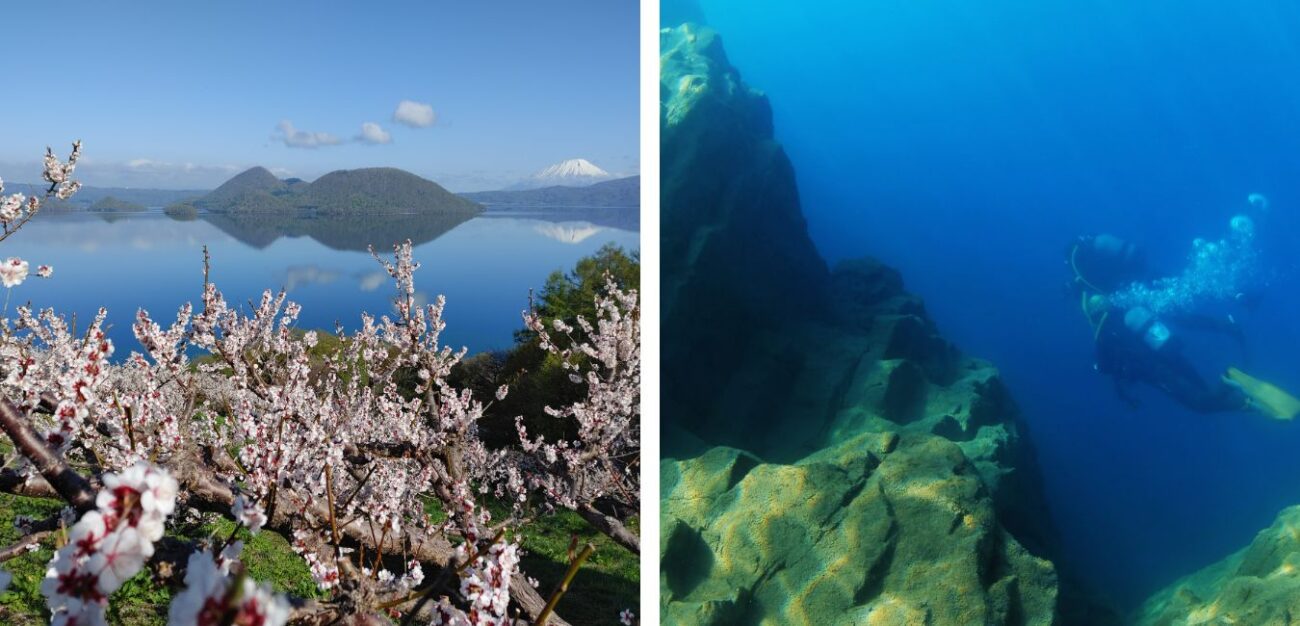
Shikotsu-Toya National Park contains the wild splendor of Hokkaido in a geopark of natural wonders and endemic wildlife that is easily accessible from downtown Sapporo and New Chitose Airport. The mesmerizingly circular Lake Toya was formed on a caldera from a volcanic eruption 110,000 years ago. In the center of the lake, Nakajima island consists of a group of lava domes formed from an eruption 50,000 years ago. Within the wider park area, visitors may spot numerous species that represent Hokkaido’s rich wildlife such as Ezo red foxes, alpine hares, and Hokkaido squirrels.
On the eastern side of the park, perched on a caldera formed more than 32,000 years ago, Lake Shikotsu is Japan’s second-deepest and reputedly one of Japan’s most transparent lakes. Visitors can camp out in the camping sites, where diving and kayaking are available. The lake’s famously clear water is home to kokanee salmon and schools of tiny freshwater shrimp. Visitors can explore this unique aquatic habitat through a glass-bottomed kayak.
Discover more active outings at the Adventure Travel World Summit, which will be held for the first time in Asia in Hokkaido in September 2023. The event will showcase a wide range of activities that can be experienced throughout Japan, many within national parks.
Supported by Japan National Tourism Organization

Notes:
- The above details are correct as of the time of publication, and are subject to change.
If you’d like to download photos and videos of Japan’s tourist attractions, please visit the Japan Online Media Center (JOMC)
For media inquiries, including requests to use photographs, please contact the JNTO Press office at media_inquiry@jnto.go.jp
 0
0

